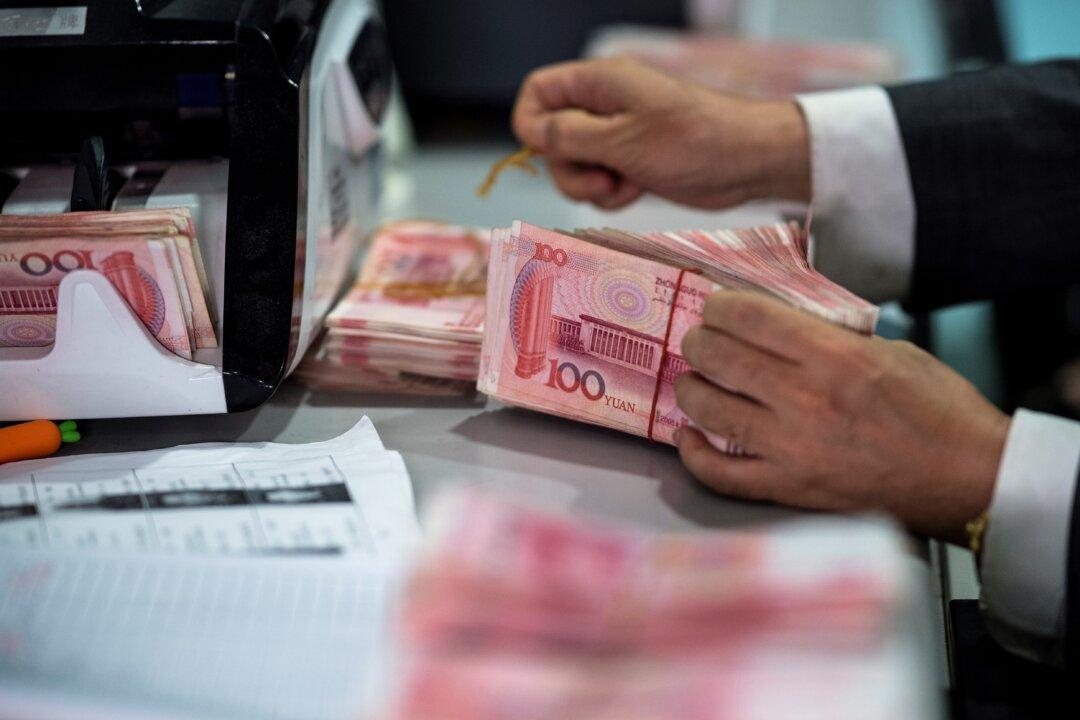Commentary
On Dec. 22, 2020, Sichuan Trust was officially taken over by China’s regulators for restructuring, after the company was found to have violated finance-related laws and regulations, according to Chinese media reports.

On Dec. 22, 2020, Sichuan Trust was officially taken over by China’s regulators for restructuring, after the company was found to have violated finance-related laws and regulations, according to Chinese media reports.